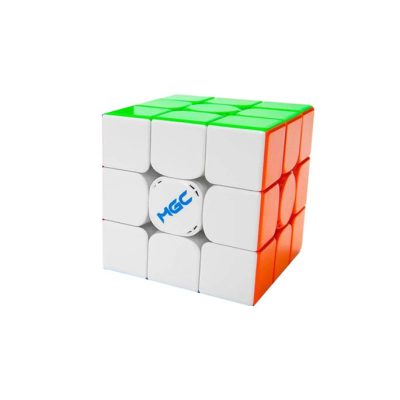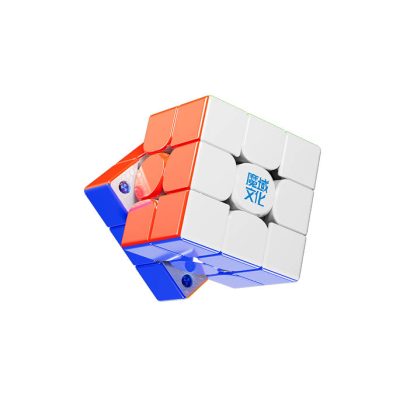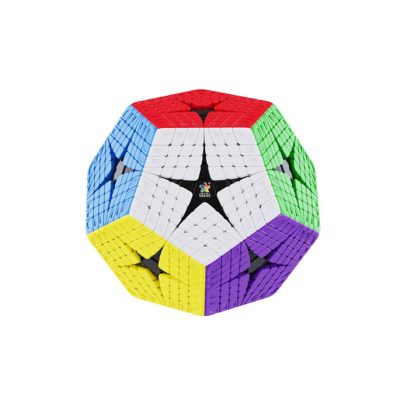-
 Dave Vinke
Dave Vinke
- Leestijd: 5 min
- Laatst geüpdatet: 29/08/2025
Preventing model building mistakes starts with proper preparation and understanding common pitfalls. Most problems arise from rushing, using wrong materials, or skipping important steps. By recognising and avoiding these errors, you’ll save time, money, and frustration. This article covers the five biggest mistake categories and provides practical tips to prevent them.
What preparation mistakes do model builders make most often?
The biggest preparation mistakes are not reading instructions, choosing wrong tools, and inadequate workspace setup. These errors cause problems that can affect your entire project. Proper preparation prevents 80% of all model building problems.
Not thoroughly reading the instructions is the most common mistake. Many model builders start enthusiastically but miss important details about paint order, drying times, or special techniques. This leads to wrong decisions that are difficult to correct later.
Wrong tool selection also causes many problems. Cheap brushes leave streaks, blunt knives damage parts, and incorrect adhesive types don’t hold properly. Invest in basic quality tools suitable for your type of model building.
Your workspace preparation also determines the final result. Insufficient lighting causes invisible errors, dust in the air ruins paintwork, and a messy workspace leads to lost parts. Ensure good lighting, a clean environment, and enough space to work organised.
How do you prevent paint mistakes that can ruin your entire project?
Paint mistakes occur from skipping primer, wrong brush choice, thick paint layers, and working in poor conditions. Thin, even coats with proper preparation always give better results than one thick layer. Patience is your best friend here.
Not using primer is a costly mistake. Primer ensures better adhesion and prevents uneven paint absorption. Without primer, you’ll often see patches, poor coverage, and paint that flakes off later. Always use a primer suitable for your material.
Brush choice makes an enormous difference. Cheap brushes leave hairs behind and give streaky results. For small details use fine brushes, for large areas use broader brushes or sponges. Keep your brushes clean and replace them regularly.
Thick paint layers are tempting because they seem faster, but they cause drip marks, uneven surfaces, and longer drying times. Rather build up colour with multiple thin layers. This gives a more professional finish and better process control.
Why do adhesive joints often fail and how do you fix that?
Adhesive problems come from wrong adhesive choice, insufficient surface treatment, and impatience during the drying process. Clean surfaces and the right adhesive for your material ensure strong, durable connections that won’t come loose.
Wrong adhesive choice is a common mistake. Plastic cement doesn’t work on metal, wood glue doesn’t work on plastic. Always read which materials your adhesive can bond. Super glue seems universal but doesn’t always give the strongest connection for specific materials.
Surface treatment is often skipped. Dust, grease, or old adhesive residue prevent good adhesion. Always clean surfaces with alcohol or a degreaser before gluing. Rough surfaces adhere better than smooth ones, so light sanding can help.
Using too much or too little adhesive both cause problems. Too much adhesive drips from joints and spoils appearance. Too little gives weak connections. Use just enough to make a thin, even layer. Practice first on test pieces to get the right feel.
Impatience during the drying process literally breaks your work. Adhesive needs time to fully cure. Don’t move parts before the adhesive is completely dry, even if it already feels firm.
What are the biggest mistakes when finishing your model?
Finishing mistakes like skipping sanding, wrong processing order, and careless detail work reduce your end result quality. Working systematically and patience during finishing make the difference between an average and excellent model.
Skipping sanding work is a common mistake. Sanding between paint layers ensures smooth transitions and better adhesion of subsequent layers. Use fine sandpaper and work carefully to avoid damaging underlying layers.
Wrong sequence of operations causes extra work. Always do paintwork before applying small details. Apply decals after base paint but before topcoat. Plan your work steps from rough to fine, from large to small.
Careless detail work immediately shows in the final result. Take time for small parts like antennas, mirrors, or instruments. These details make your model realistic and show you’ve paid attention to the whole.
Not protecting your work during finishing wastes all your previous effort. Use masking tape to protect finished parts. Work in a clean environment and handle your model carefully to prevent damage.
Where do you find the best materials and support for your model building projects?
Quality materials and good support are important for successful model building projects. Reliable suppliers with expertise help you make the right choices and prevent costly mistakes from wrong materials.
Good tools and materials are an investment that pays back. Quality brushes, sharp knives, and suitable adhesive types make your work easier and give better results. Cheap alternatives ultimately cost more time and frustration.
Expert advice helps especially with more complex projects or new techniques. Experienced model builders can warn you about pitfalls and give tips that save you time. Online communities and specialist shops are good sources for practical knowledge.
We at Speedcube understand that model building is about more than just the end result. Our model building range contains carefully selected materials and tools for all levels. We’re happy to help you choose the right products for your project.
By ordering multiple items together, you automatically benefit from our discounts. On our terms page you’ll find all information about how our discounts work. This helps you stay within budget while still using quality materials.
Preventing model building mistakes is a matter of preparation, patience, and the right materials. By recognising and avoiding these common mistakes, you increase your chances of successful projects. Take time for each step and invest in quality materials that support your work rather than hinder it.
Frequently Asked Questions
How long should I wait between different paint layers?
This depends on the type of paint and conditions, but wait at least 2-4 hours between thin layers. Always test whether the previous layer is completely dry by carefully feeling with your finger. When in doubt, it's better to wait a day than apply a layer too early.
What should I do if I accidentally used the wrong adhesive?
Stop working immediately and try to carefully separate the parts before the adhesive fully cures. Use warm water for water-soluble adhesives or special adhesive removers for other types. Clean the surfaces thoroughly afterwards before re-gluing with the correct product.
Which basic tools are really essential for beginners?
Start with a sharp hobby knife, a set of quality brushes (sizes 0, 2 and 6), a cutting mat, fine sandpaper (400-800 grit), and good lighting. Also invest in a primer and topcoat suitable for your material. This basic set prevents most beginner mistakes.
How do I repair paint drips or uneven spots in my finish?
Let the paint dry completely, carefully sand away the imperfections with fine sandpaper (600+ grit), and apply a new thin layer. With major problems, it's sometimes better to go back to the primer and start over.
Why don't my decals stick properly?
Decals adhere poorly to rough surfaces or when dust or grease is present. Ensure a smooth, clean surface and use decal softener for better adhesion. Always apply a topcoat afterwards to protect and integrate the decals.
Can I correct mistakes without redoing my entire project?
Yes, most mistakes can be repaired if you work systematically. Paint mistakes can be sanded away and repainted, adhesive mistakes can often be solved with the right solvents. The secret is to intervene early before the mistake spreads further through your project.
How do I prevent small parts from breaking while working?
Always use the right tools for delicate parts, work above a soft surface like a towel, and handle parts at sturdy points instead of thin protrusions. Store small parts in a tray so they can't fall or blow away.
Table of contents
Much viewed
More blogs
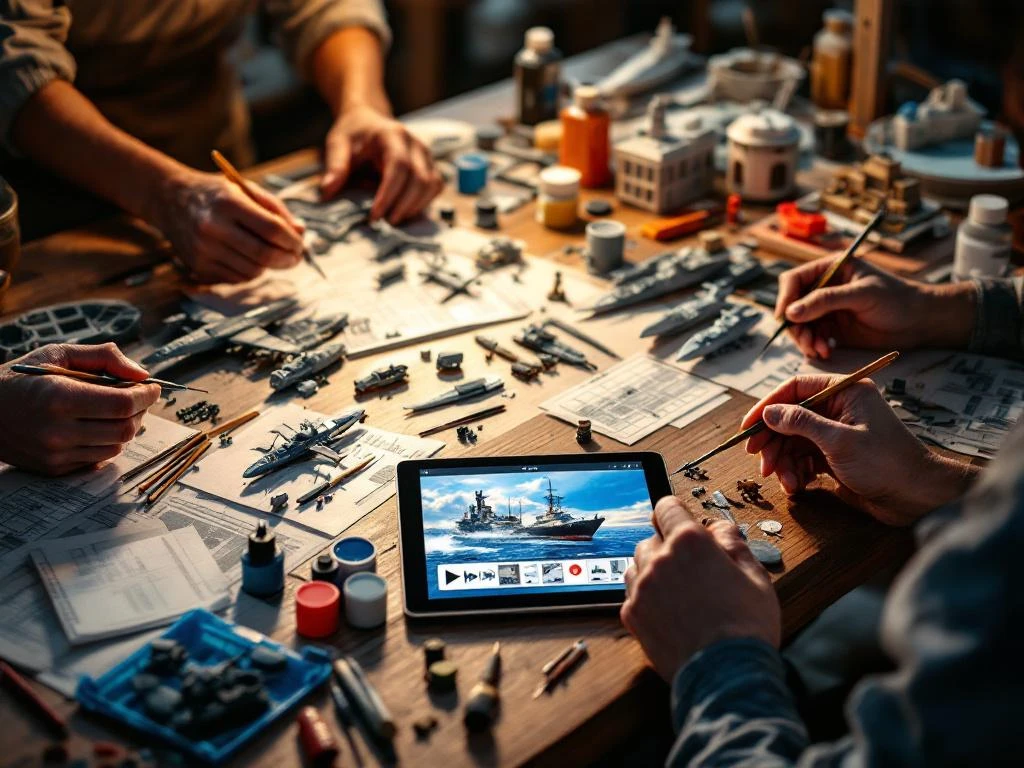
Which video tutorials are essential for model building?
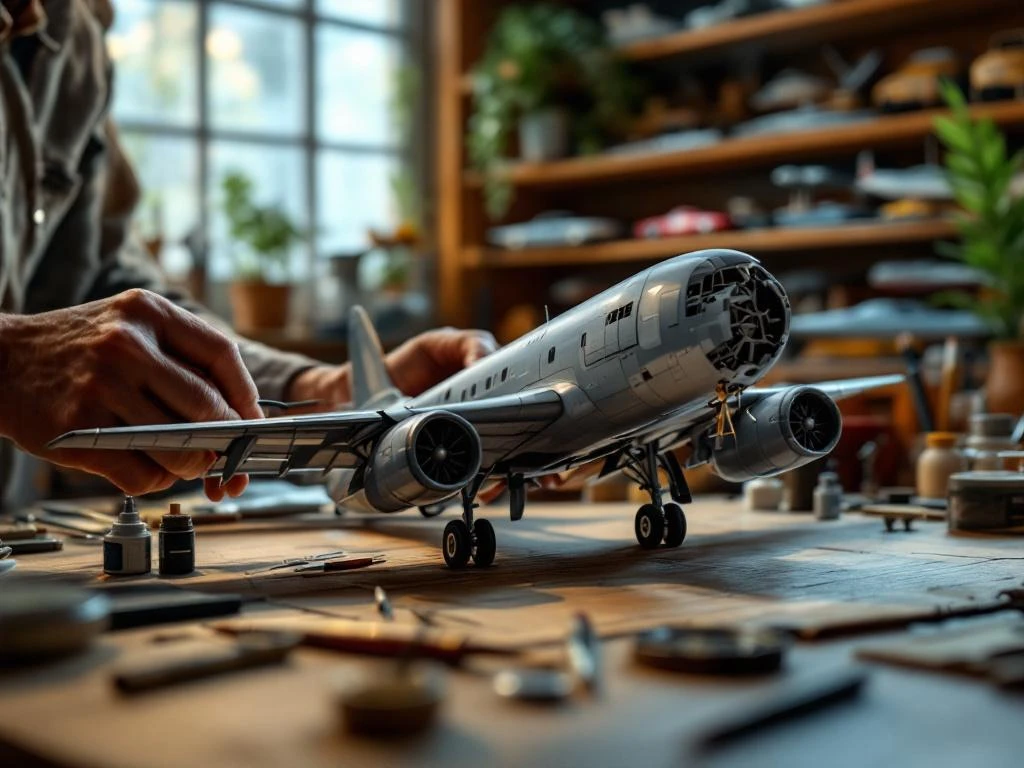
How do you share model building knowledge with others?
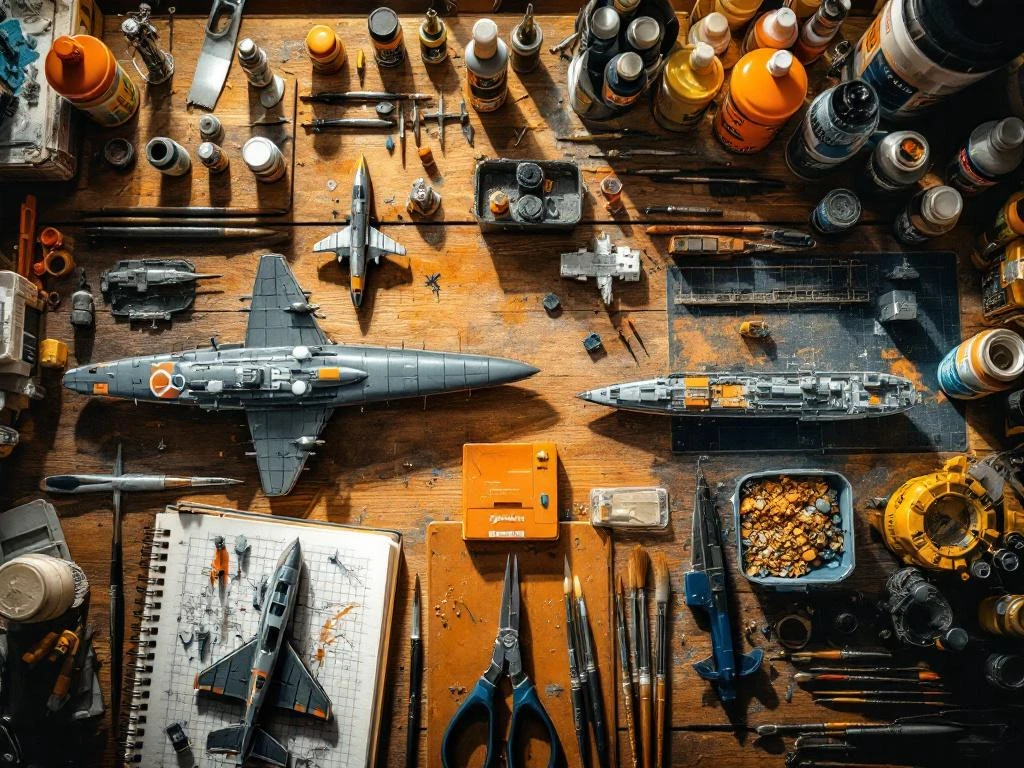
Which model building communities are active in the Netherlands?

